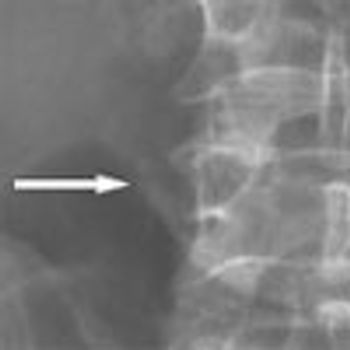
Tell patients who are clamoring for the H1N1 influenza vaccine that more doses will soon be available. At a recent press conference, Thomas Frieden, MD, Director of the CDC, had this message for health care providers: “Don’t reserve available vaccine; give it out as soon as it comes in, because more is on the way.”
























































































































































































































































































